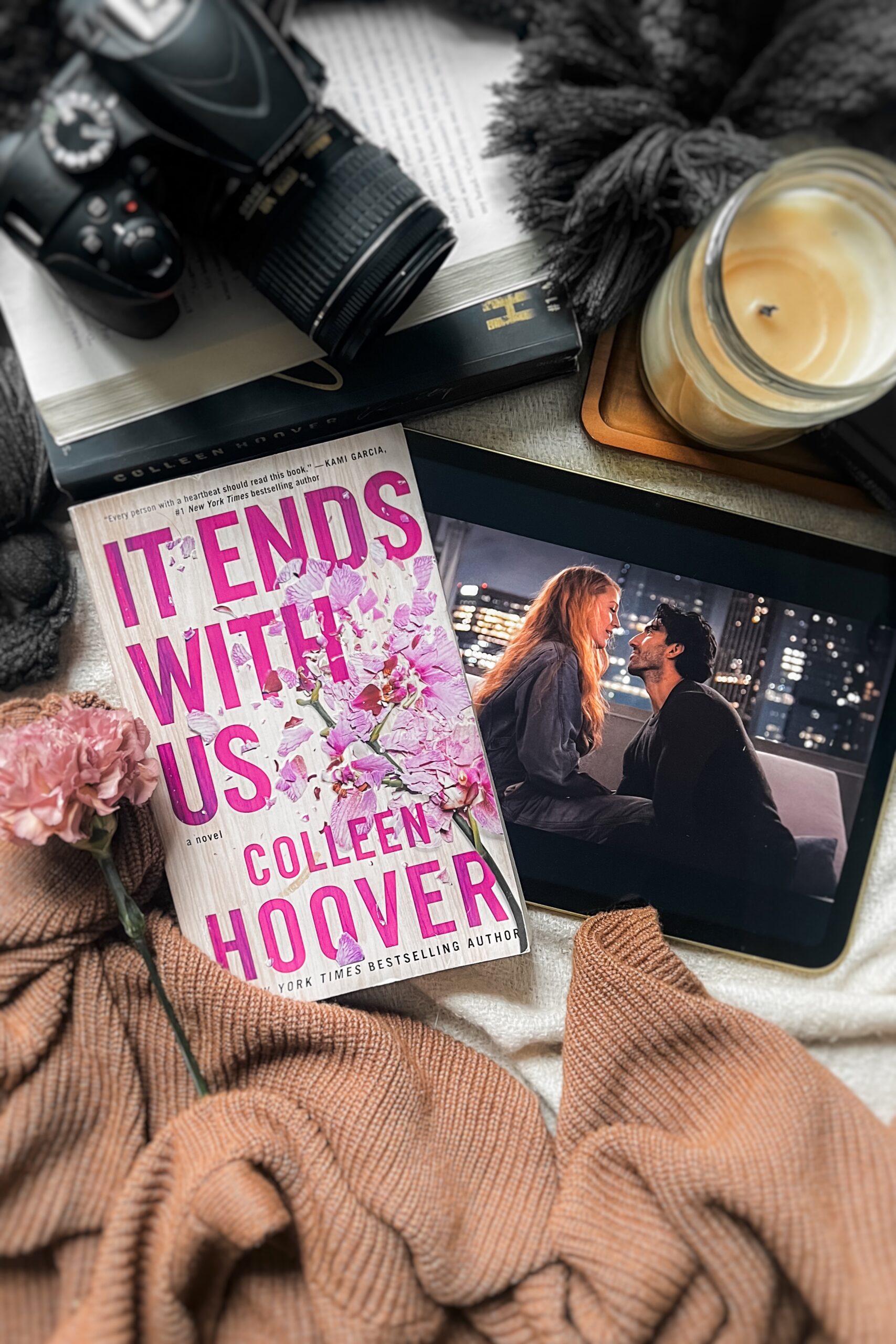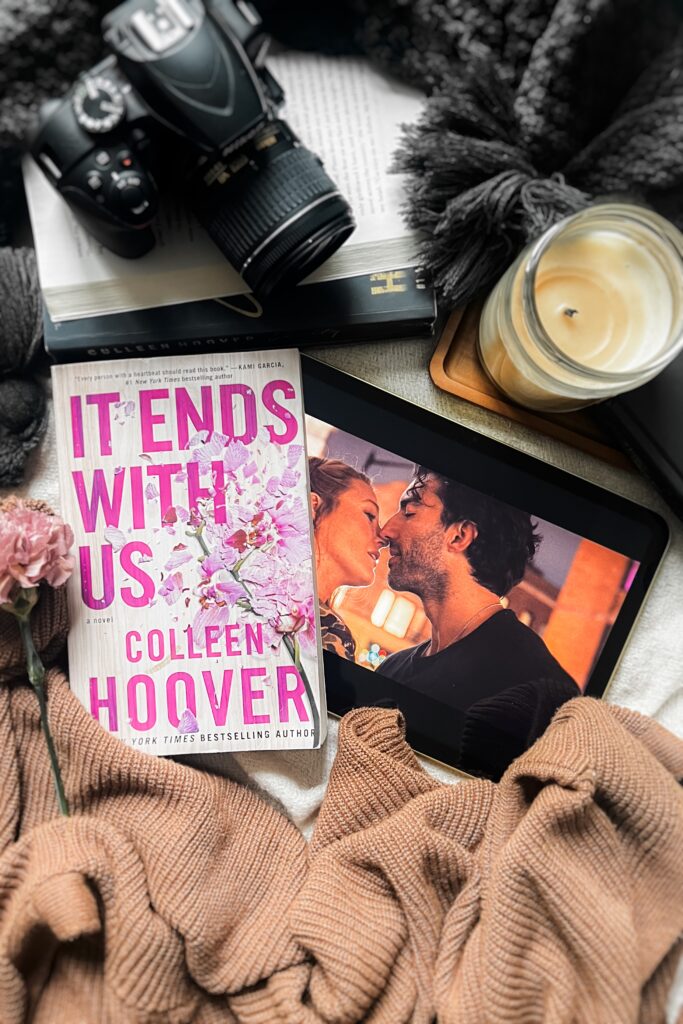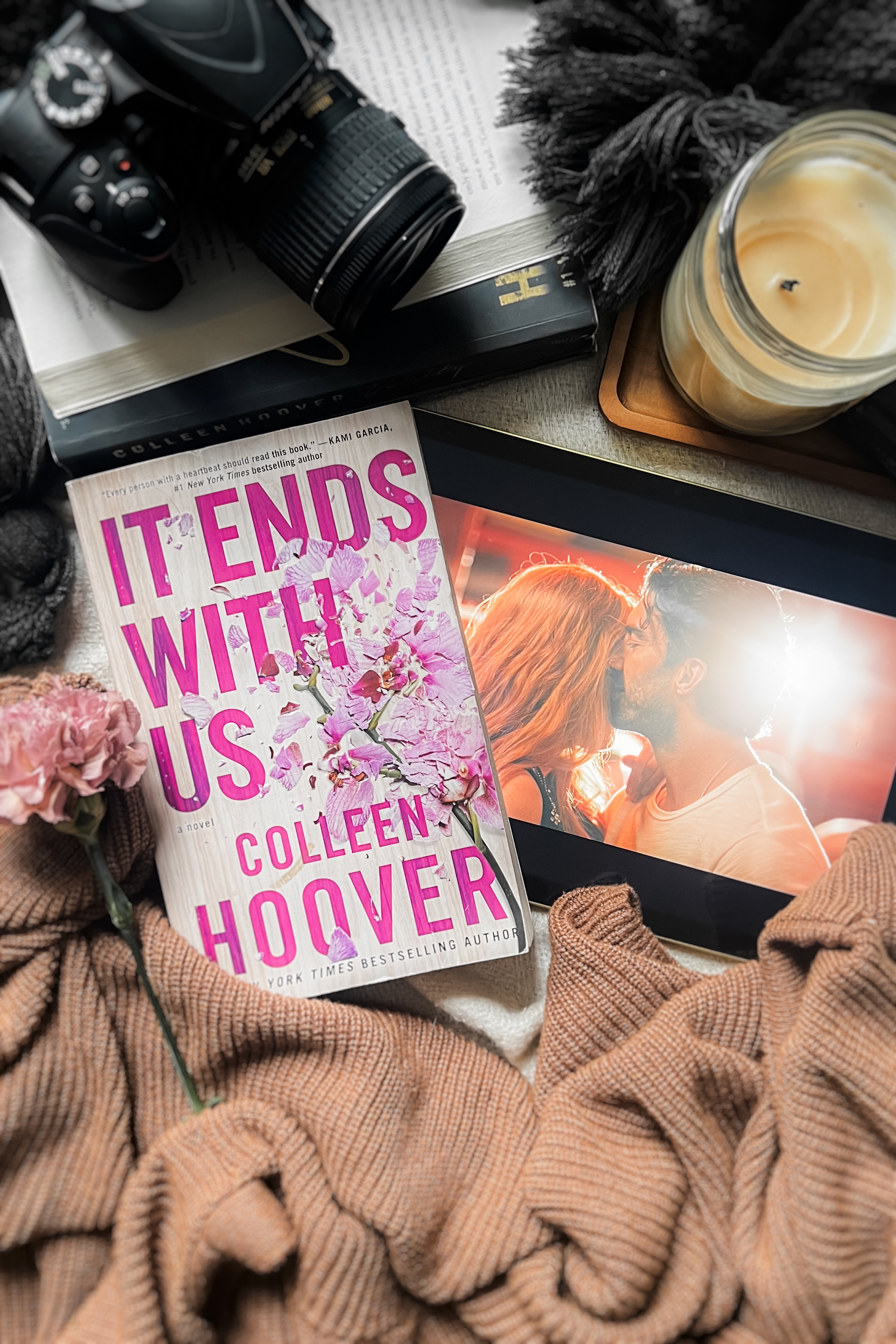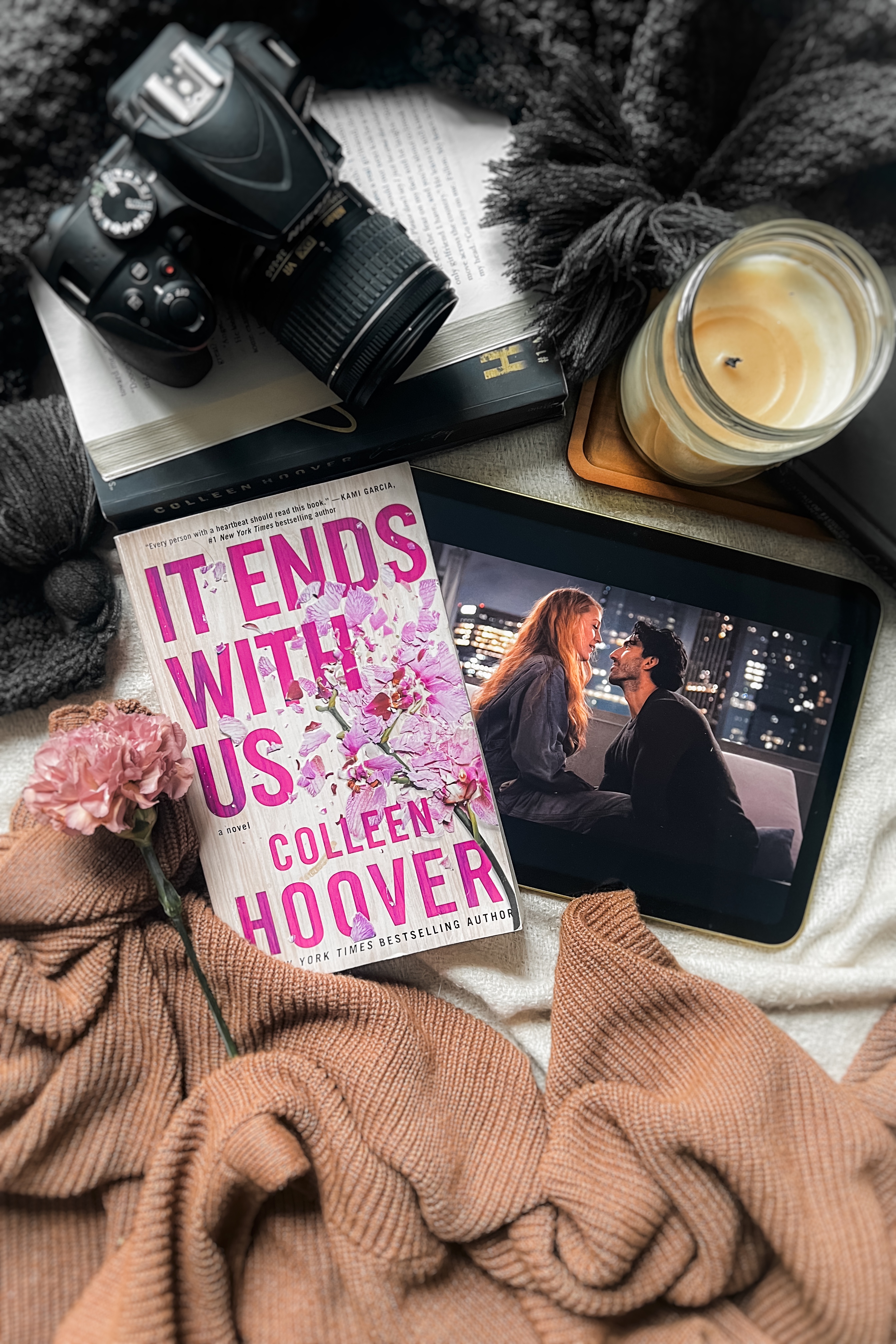
It Ends With Us Book VS Movie: What’s Left Out of Sight
Did I read and watch this for the drama? Absolutely. No, not just the drama within the story itself, but also the drama surrounding the movie’s production—and the lawsuit that followed (which has completely taken over my TikTok feed). Do we call this Blake’s Version? For now. The updated post on Justin’s Version is pending…
I read the book and watched the movie all in one long day—so really, this wasn’t an overly time-consuming, albeit slightly petty, task. Just one petty day. Worth it.
This post could contain affiliate links, which means I would receive a small commission at no cost to you should you shop using the links.
As a casual reader who indulges in BookTok trends for fun, Colleen Hoover’s books have been on my TBR for a while. What better way to dive into her writing style than with It Ends With Us? (Meanwhile, my twenty-five-cent copy of Verity still sits unopened on my bookshelf, but we’ll save that for another time…)
Despite all the unnecessary drama surrounding the adaptation, It Ends With Us remains a story worth discussing.
It Ends With Us Book Synopsis (& Spoilers)
The story follows Lily Blossom Bloom, a 23-year-old woman who moves to Boston to start her own floral business. On a rooftop with a fantastic view, she meets Ryle Kincaid, a charming and handsome neurosurgeon with an unwavering no-relationships rule… that is until he meets Lily and simply can’t get her off his mind.
Their romance is intoxicating, but as their relationship deepens, Ryle’s hidden temper surfaces, revealing an abusive side that mirrors Lily’s traumatic past with her parents.
Bringing up even more of her past into the present, Lily’s first love, Atlas Corrigan, reenters her life. A once-homeless friend from her high school days, Atlas provided her with safety and love when she needed it the most. Now, he serves as a reminder of the life she could have—a life free from the cycle of abuse.
As Lily struggles with the weight of her emotions, she ultimately makes the painful yet empowering decision to leave Ryle and protect their newborn daughter from the same toxic cycle that plagued her own childhood.
It Ends With Us Book VS Movie
Let’s start with an undeniable change that readers notice immediately — the rooftop scene.
The rooftop scene in the book is a pivotal moment that establishes Ryle’s charm and intensity as well as the undeniable pull that Lily has on him. But there’s a small detail in this scene that adds a lot of weight later on: Ryle takes a photo of Lily. Ryle later frames and hangs the photo in his apartment; a gesture that initially comes across as playful or even romantic, but truly highlights how intensely he fixates on her.
His decision to frame the photo in his apartment (before they’re even in a relationship) adds a layer of possessiveness that draws a thin line between being playfully romantic and being a giant red flag.
A Warning Out of Sight
The movie cuts this entirely, which changes how we perceive Ryle early on. Without this detail, his charm feels less layered, and his red flags don’t appear quite as soon. It also alters how Lily reflects on their relationship later.
In the book, the framed photo is a physical reminder of how deeply she once believed in their love, how perfect things seemed at first, making the contrast with his abuse even more gut-wrenching.
Just as the film removes some of the early signs of Ryle’s possessiveness, it also takes a different approach in how it portrays his abuse. Instead of letting viewers see the full extent of his violence in real time, the movie keeps much of it just out of sight, only revealing the graphic truth in flashbacks near the end.
The Truth Out of Sight
This choice shifts the way viewers experience Lily’s story—it’s as if we are placed in her mindset, grappling with disbelief and rationalization, unable to fully process what’s happening until we look back.
When Ryle first hurts Lily, we don’t actually see it happen. We see her reaction, the aftermath, the pain, the shock—but the moment itself is obscured. It’s only later, through flashbacks, that we’re shown the full reality: the physical violence, the escalation, and the undeniable truth of what Lily has endured.
In a way, this mirrors Lily’s own struggle to accept what’s happening to her. She hesitates to call it abuse, especially when their love is heavily woven into it. And by keeping every detail of those moments hidden at first, the film places the audience in that same uncertain space. We suspect. We assume. But we don’t truly see… not until it’s undeniable.
By structuring the film this way, the story doesn’t just show us Lily’s experience, it makes us feel it. And in doing so, it highlights just how difficult it can be to recognize abuse.
That final reveal of abuse forces Lily—and us viewers—to finally face the truth: that love doesn’t excuse violence, and that walking away is the only way to truly break the cycle.




